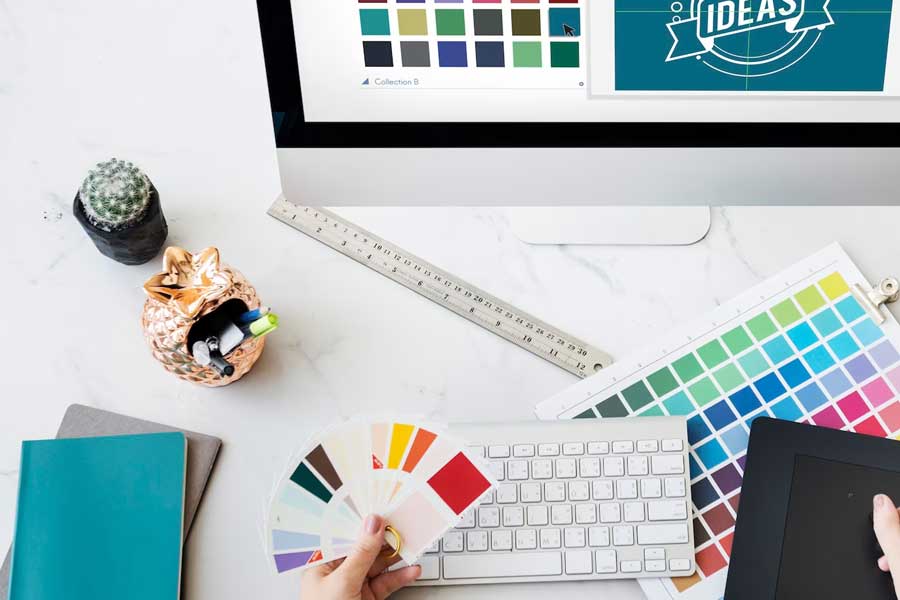Graphic Design Made Easy: 15 Graphic Design Terms You Should Know
In the dynamic realm of graphic design, knowing the language is key to unlocking your creative potential and effectively communicating your ideas with fellow designers and clients. Whether you’re a seasoned pro or just starting your design journey, mastering these 15 graphic design terms will equip you with a solid foundation for creating visually stunning and impactful designs.
1. Typography:
The art of arranging and styling text to enhance readability and visual appeal.
2. Kerning:
Adjusting the space between individual characters to improve the overall balance and legibility of the text.
3. Hierarchy:
The arrangement of design elements in a way that guides the viewer’s attention and emphasizes the most important information.
4. Color Theory:
Understanding the psychological and emotional impact of colors and how they interact to create harmonious visuals.
5. Contrast:
The juxtaposition of elements with differing qualities (such as color, size, or shape) to create visual interest and distinction.
6. Grid System:
A framework used to organize and align design elements, ensuring a consistent and structured layout.
7. Vector Graphics:
Images created using mathematical equations, allowing for scalability without loss of quality.
8. RGB and CMYK:
Color modes—RGB for digital displays and CMYK for print—that define how colors are displayed and reproduced.
9. Resolution:
The clarity and sharpness of an image, often measured in pixels per inch (PPI) for digital displays and dots per inch (DPI) for print.
10. Mockup:
A visual representation of a design concept, often used to showcase how a design will look in its intended context.
11. Bleed:
Extra space added around the edges of a design to ensure that it extends beyond the trim area, preventing white borders after printing and trimming.
12. Serif and Sans Serif:
Different styles of typefaces—serif fonts have small decorative strokes, while sans serif fonts lack these embellishments.
13. Leading:
The vertical spacing between lines of text, crucial for readability and overall visual appeal.
14. Saturation:
The intensity or vividness of a color, often used to create emphasis or evoke specific emotions.
15. Alignment:
The arrangement of design elements along a common axis, contributing to a balanced and visually pleasing layout.
By familiarizing yourself with these fundamental graphic design terms, you’ll not only enhance your design vocabulary but also gain a deeper understanding of the principles that drive effective visual communication. Whether you’re collaborating with fellow designers or presenting your work to clients, this knowledge will empower you to articulate your design choices and elevate your creative prowess.

